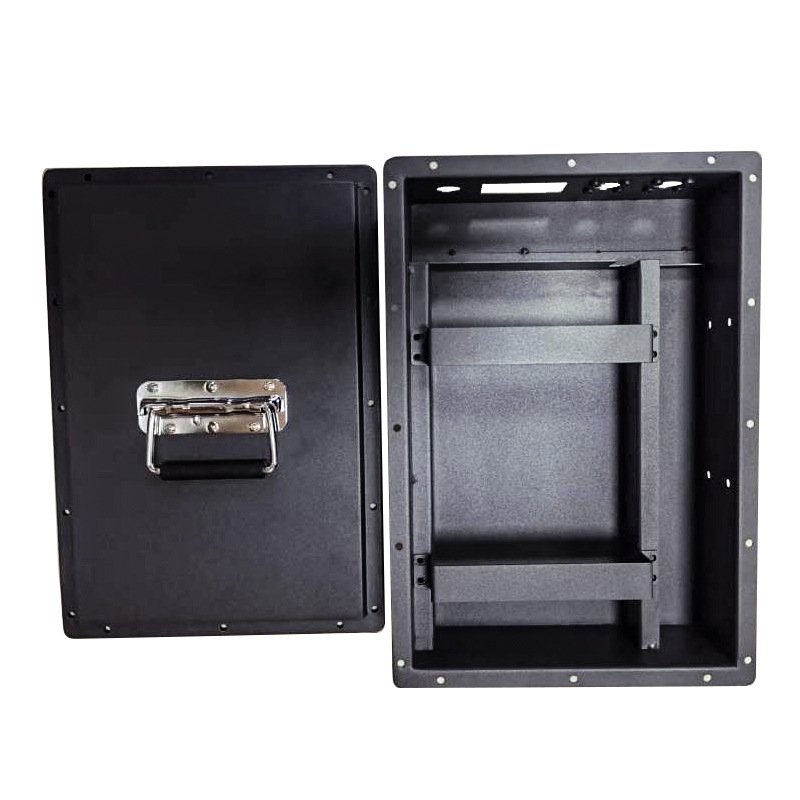As lithium battery applications continue to expand, their packaging methods have become a focal point of attention. Currently, two primary packaging methods are prevalent for lithium batteries: sealing with adhesive and securing with screws. Each approach offers distinct advantages and disadvantages, prompting users to make informed decisions based on their specific needs.
1. Sealing with Adhesive: An Economical and Traditional Approach
Sealing with adhesive is a traditional packaging method for lithium batteries, characterized by the following key features:
- Effective Sealing: The adhesive effectively seals the battery casing, preventing electrolyte leakage, reducing battery corrosion risks, and extending battery lifespan.
- Low Cost: The straightforward sealing process results in lower production costs, making sealed lithium batteries relatively inexpensive.
- High Repair Difficulty: Once sealed, the battery casing becomes challenging to disassemble. In case of battery malfunctions, the entire battery needs to be replaced, hindering individual component repairs.

2. Securing with Screws: A Safe and Maintainable Modern Option
Securing with screws represents a modern packaging method for lithium batteries, distinguished by the following attributes:
- Easy Disassembly: The screw fastening mechanism facilitates effortless disassembly of the battery casing, enabling convenient inspection of internal components and maintenance or replacement of battery cells.
- Enhanced Safety: The screws effectively secure the battery cells, preventing them from shifting or becoming damaged during impacts or compression, thereby minimizing safety hazards.
- Superior Maintainability: In case of battery cell issues, individual cells can be replaced without the need to replace the entire battery, promoting eco-friendliness and cost-effectiveness.
- Higher Cost: The more intricate screw fastening process incurs higher production costs, making screw-secured lithium batteries relatively more expensive.

3. A Detailed Comparison: Sealing vs. Screwing
| Feature | Sealing with Adhesive | Securing with Screws |
|---|---|---|
| Sealing | Good | Better |
| Cost | Low | Higher |
| Repair Difficulty | High | Low |
| Safety | General | Higher |
| Maintainability | Poor | Better |
4. Selecting the Right Lithium Battery Packaging
The choice between sealed and screw-secured lithium batteries hinges on your specific requirements and application scenarios:
- For those with limited budgets and constrained battery maintenance capabilities, sealed lithium batteries are recommended.
- Users who prioritize battery safety and maintainability and are willing to bear higher costs should opt for screw-secured lithium batteries.
5. Conclusion
Lithium battery packaging methods significantly impact battery performance, safety, and cost. Users should carefully evaluate the advantages and disadvantages of sealing and screwing based on their individual needs and application scenarios to make the most suitable choice.


